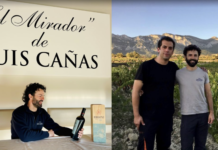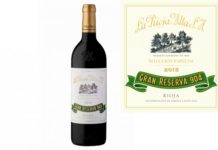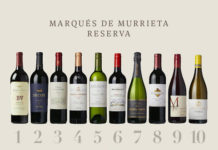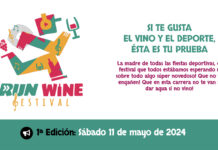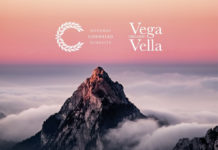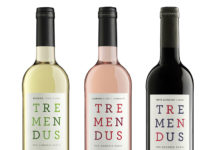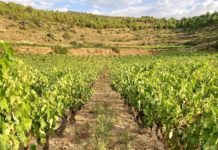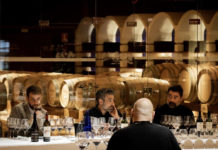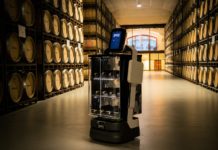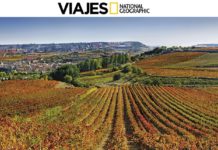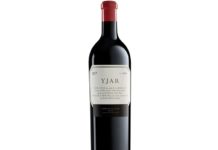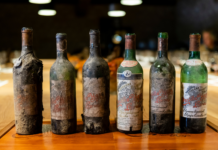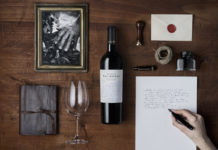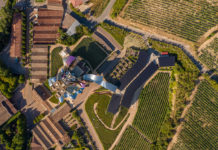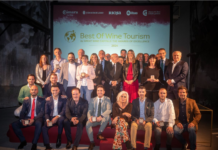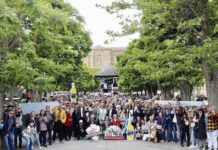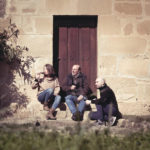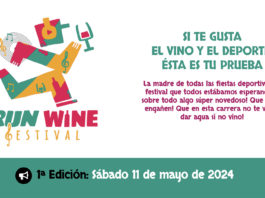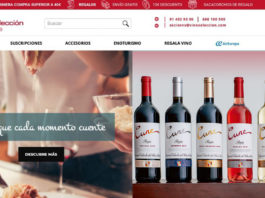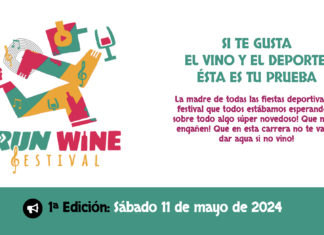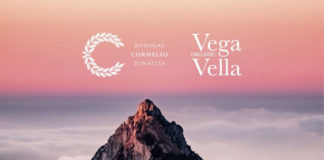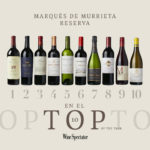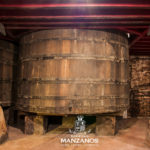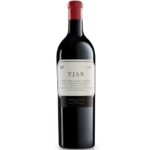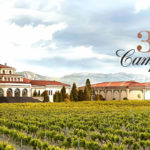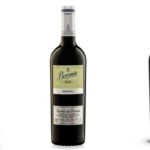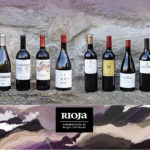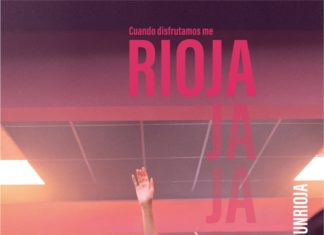The sparsely populated region of Rioja in northern Spain includes 73 castles dotted along lands that were once in dispute between the kings of Navarre and the kings of Castille. Today the region of Rioja is reputed for wines and includes almost 250 square miles (640 square kilometers) of vines, and over 600 wineries. Five cities within this region—which is the size of the U.S. state of Delaware, or about twice the size of Luxembourg—include populations greater than 10,000 inhabitants. Haro is the fourth largest city.
Haro sits on an elevated plateau at the juncture of the Ebro River and its tributary Tirón. It’s a bite-size locale, easy to navigate on foot and including vistas and plazas to stroll around, as well as great food and wine that make it worth staying at for a night or two. Haro has 12,000 residents and is adjacent to wide open swathes of open countryside; a morning walk in the city is rattled by bird songs. Local castles in the region are within a relatively short driving distance, and include Castillo de Sajazarra, Castillo de Briones and Castillo de Davalillo.
Rioja is divided into three regions—Alta, Alavesa and Orientale (until recently Orientale was called ‘Baja’ but because that means low and may have been considered derogatory, was changed). Haro is the capital of La Rioja Alta, the northwest segment of Rioja.
Life revs up in Haro toward the end of June, with the fiestas of San Juan, San Felices and San Pedro and the famed batalla del vino—wine battle, which takes place every two years, and apparently has since the sixth century. After church, some 70,000 liters of wine are thrown on participants who wear white as they trek six kilometers (four miles) to neighboring Bilibio.
If you visit the city, consider staying at Hotel Los Agustinos. Construction began in 1373 on this refuge for religious hermits. The structure subsequently became a military hospital and a jail. Today the interior three-story cloistered courtyard has been roofed, creating a cozy and magnificent well-lit space where you can lounge on a couch or order food and wine.
From the hotel, walk outside to nearby Plaza Herrera, then perhaps visit El Torreó museum of Contemporary Art. Next, move on to quiet Plaza San Martin before ascending Calle de Iglesia—under flapping clothes drying above the alley—to the orange stone blocks of the parochial church of Santo Tomás. The history of this building is one of delay and persistence: begun in 1564 by a builder contracted to complete the work in eight years, he missed the deadline, died, and left the work to his son who was granted a 3.5-year extension. He too missed the deadline, and at least two more sets of father/son contractors continued the toil. The church was declared a national monument in 1931. From here, you can walk down hilly curving alleys, or on Calle Navara toward the Tibron River (winter temperature inversions may chill you as you approach these misty waters). Next, ascend back into town to buy a breakfast pastry from a steamingpanificadora (bakery).
There are several good restaurants in Haro, where food may include white Navarre asparagus, Riojan style cod and eels, Iberian acorn-fed ham, zapatillas (toasted bread with ham and tomato), pincho moruna (skewered pork), vegetables stews, potatoes with chorizo stuffed peppers, Castilian lamb, and grilled sirloin with red Rioja wine sauce.
At the base of the hill of Haro are nine wine bodegas, five of which were established more than a century ago to take advantage of the neighboring train depot for shipping wine throughout Spain, and the world. The station was built in 1880, and by the turn of the century there were 18 bodegas (wineries) in Haro. Today these include CVNE, R. López de Heredia Viña Tondonia, Gómez Cruzado, La Rioja Alta and Bodegas Bilbaínas, Bodegas Muga and Bodegas Roda. The commerce of wine was important enough for Haro to make it one of the first towns in Spain with electrical street lights. Underlying the crucial importance of wine to the local economy, the Enological Station of Haro has operated since 1892, and receives some 20,000 samples of wine to analyze annually.
Rioja is a rich land of open hospitality, fantastic and well-priced wines, small towns serving excellent food, and local people who take pride in their heritage. Within a small space, Haro captures much of the overall charm of Rioja.
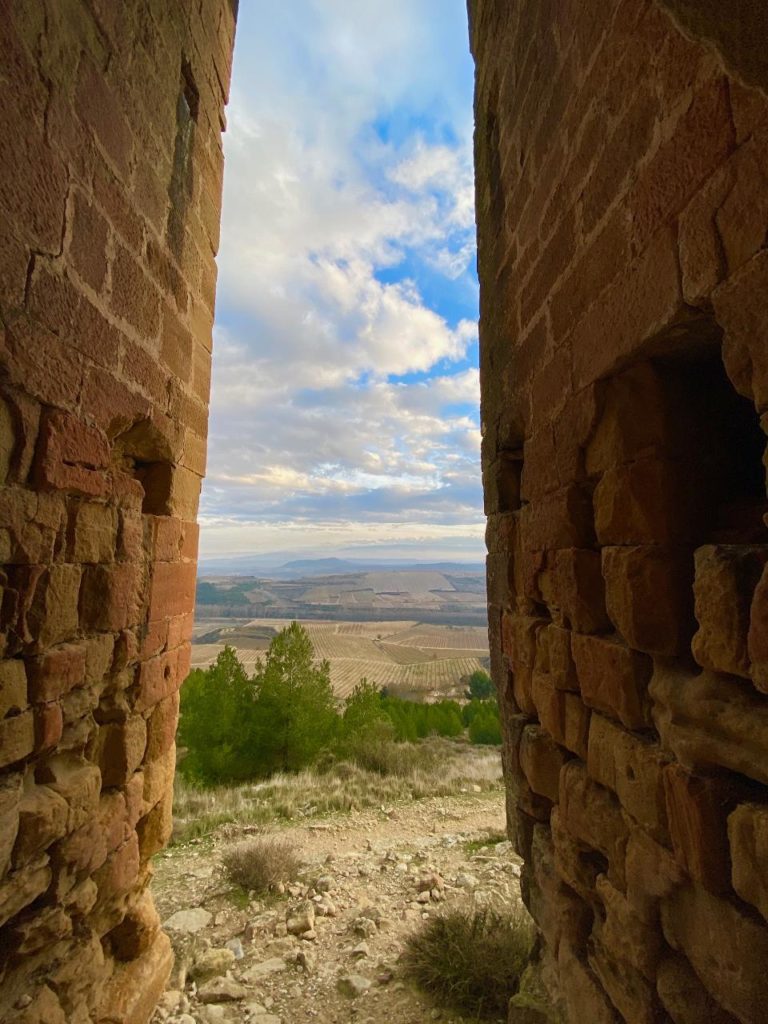
+info: Forbes.com







